Opioid Use Disorder, or OUD for short, is a condition that occurs when someone becomes dependent on opioid drugs. These drugs include prescription painkillers such as oxycodone and hydrocodone. OUD affects people from all walks of life – young or old, rich or poor, male or female. In this article, we will discuss the risks and effects of Opioid Use Disorder in detail. This is so you can arm yourself with knowledge about what it entails before it’s too late.
Contents
What Is Opioid Use Disorder?
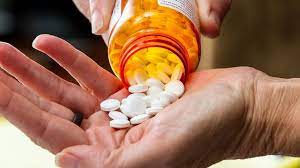 Opioid Use Disorder is a type of substance use disorder. It’s sometimes called “opioid addiction,” but that term can be misleading because many people who become addicted to opioids don’t think they have a problem and aren’t trying to quit. When opioid users do seek help for their addiction, it’s often because of a problem related to their drug use, such as trouble at work or problems in a relationship.
Opioid Use Disorder is a type of substance use disorder. It’s sometimes called “opioid addiction,” but that term can be misleading because many people who become addicted to opioids don’t think they have a problem and aren’t trying to quit. When opioid users do seek help for their addiction, it’s often because of a problem related to their drug use, such as trouble at work or problems in a relationship.
This means that someone with opioid addiction is no more likely than anyone else to seek treatment. However, once they do enter treatment—and stay long enough for it to be effective—they tend to recover and lead normal lives again.
Signs of Opioid Use Disorder
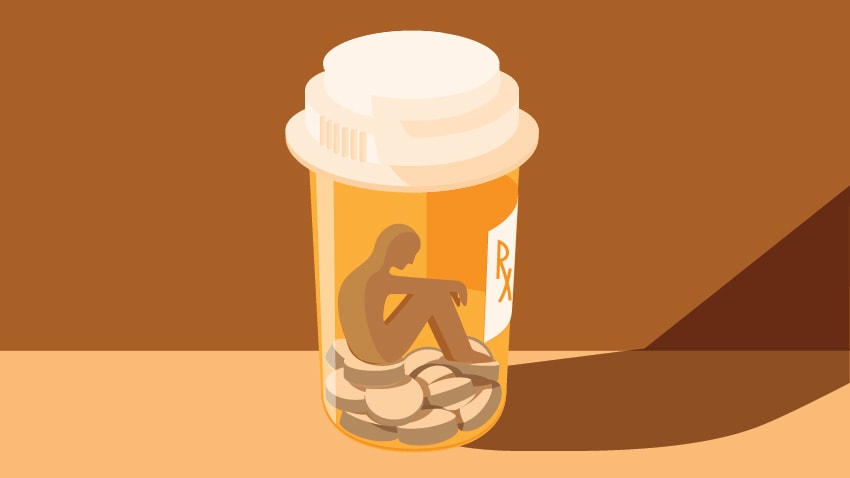
These are some signs of opioid use disorder:
Excessive Opioid Consumption
The most common signs of opioid use disorder are excessive consumption and addiction to the drug. This usually manifests in people taking the drug orally, but it can also be injected, smoked, or snorted.
Neglect of Other Activities
People with opioid use disorder often neglect important activities like work, school, and relationships as they focus on getting and using opioids.
Tolerance and Withdrawal
As someone uses opioids more frequently, their body builds up a tolerance to them. This means that they need higher doses of the drug to get the same effect. When someone stops using opioids abruptly after developing a tolerance, they may experience withdrawal symptoms such as nausea, sweating, shaking, and anxiety.
Trouble Managing Emotions
People who become dependent on opioids often experience intense emotions like anxiety, anger, sadness, or irritability when the drug wears off. This can make it hard for them to manage difficult situations constructively without returning to drugs as a coping mechanism.
Mood Swings
People who use opioids may experience mood swings as their tolerance to the drug changes. These can range from periods of intense happiness and euphoria to anger or irritability when they don’t have access to drugs.
Insomnia
People who use opioids may also experience sleep problems, which often lead to mood changes. Insomnia can lead people to feel anxious or irritable during the day as they try but fail to get adequate rest at night.
Drug Cravings
Opioid users are constantly surrounded by triggers that make them want drugs. They may see something on TV or in public that reminds them of their drug-using pasts, leading them to crave more opioids despite the negative effects it’s had on their lives.
What Causes Opioid Use Disorder?
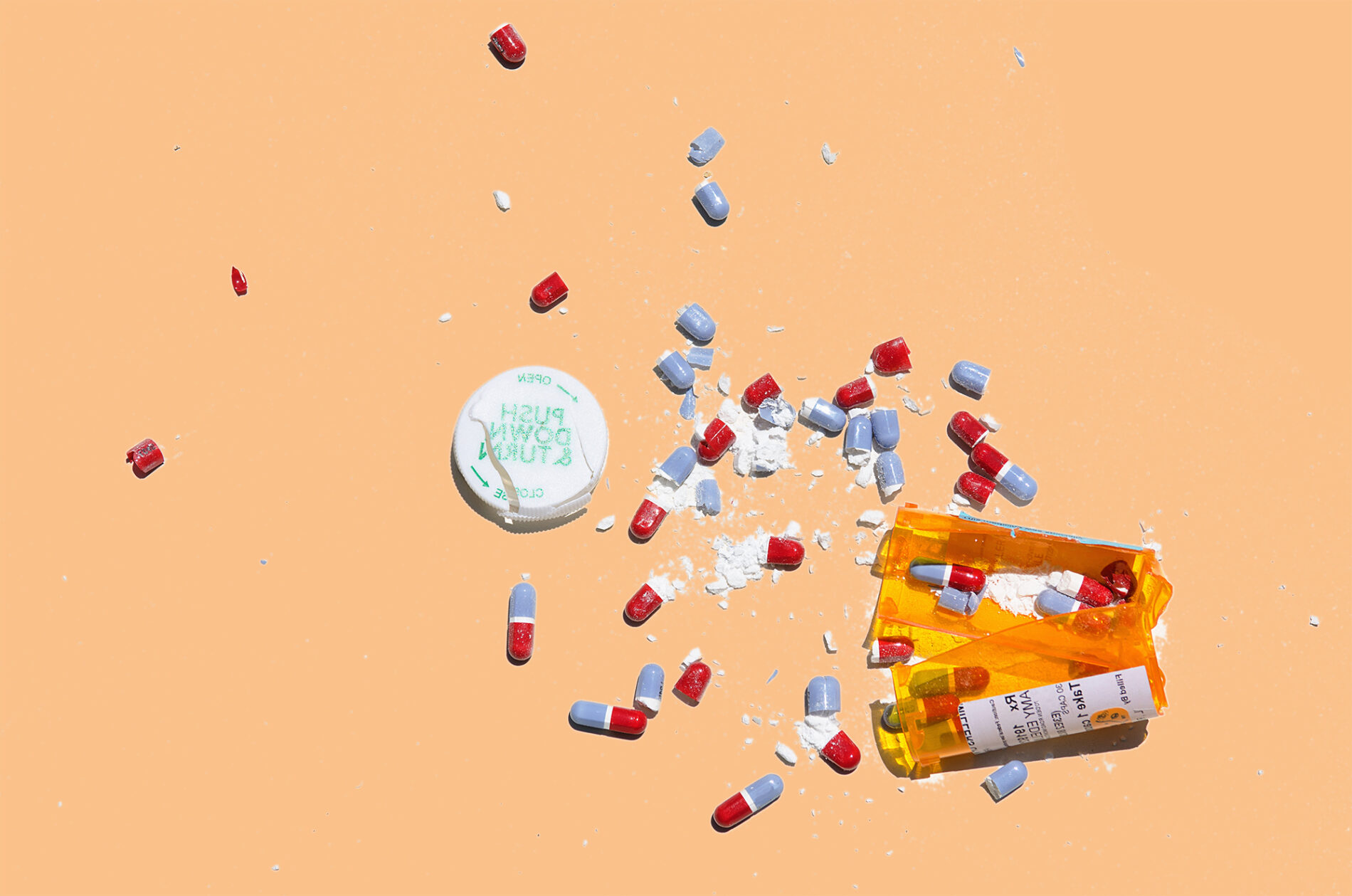
There can be a number of factors that cause opioid use disorder, including:
Genetics
People with a family history of substance abuse are more likely to develop an addiction themselves.
Environmental Factors
Some people may be genetically predisposed to developing opioid use disorder but never go down the path until they come into contact with opioids in their environment—for example, someone who uses prescription painkillers after getting surgery might become addicted without ever having problems before.
Social Environment
Having friends or loved ones who have used drugs can influence people’s behavior and increase their risk for drug use disorders even when they don’t know anyone actively using drugs around them personally.
Mental Illness
People with mental illnesses are at increased risk for developing both substance abuse issues and opioid use disorder. This is partly due to the fact that some medications used for mental illness can be addictive and lead people to misuse opioids if they’re available, but it also may be partially genetic since many types of mental illnesses are biological in nature and run in families.
Personal History
People who have had a traumatic experience in their lives, such as physical or sexual abuse, are more likely to develop opioid use disorder. They may turn to opioids as a way to cope with the pain they’ve experienced rather than seeking other forms of treatment.
Unemployment and Poverty
People who are unemployed or living in poverty may be more likely to develop opioid use disorder because they may have easier access to drugs and less access to resources that could help them get treatment.
What Are the Effects of Opioid Use Disorder?

People with opioid addiction often experience a number of negative effects from their drug use over time:
Risk-Taking Behavior
A common symptom of opioid addiction is engaging in risky behavior like stealing money or drugs, driving while intoxicated, having unsafe sex, or participating in other dangerous activities when under the influence.
Relationship Problems
Opioids affect judgment significantly which can cause users to engage in risky behaviors that negatively impact their relationships—including sex and driving under the influence.
Legal Problems
People with opioid addiction often face legal repercussions from using drugs, including an arrest for possession or trafficking as well as incarceration if they’ve committed other crimes to get money for opioids.
Health Effects of Opioid Use Disorder
In addition to the mental effects of drug use listed above, people who misuse opioids also experience a number of health problems:
Respiratory Depression
Opioids depress breathing by suppressing activity in the brainstem which controls automatic nervous system responses like exhalation and heart rate. When someone takes too much of an opioid or has developed a tolerance to it, their respiratory depression can be severe enough that they stop breathing and die.
Infectious Diseases
People who inject opioids are at increased risk for developing a number of infectious diseases including HIV, hepatitis C, and pneumonia from bacterial infections.
Collapsed Veins
When someone uses drugs intravenously or has injected into the same vein multiple times due to lack of access to clean needles, they may experience collapsed veins that require treatment by a medical professional. Collapsed veins also increase users’ risks for developing blood-borne diseases like HIV/AIDS as well as cellulitis (inflammation of skin tissues).
Opioid Use Disorder Statistics
As of 2011, nearly two million people were addicted to prescription painkillers or heroin. People who are addicted to opioids often have other mental health issues going on as well. This is because their addiction causes changes in certain areas of their brain that control emotions and impulsiveness. These changes can lead them to self-medicate with drugs. This is instead of dealing with these conditions directly. That is why many people struggling with opioid use disorder experience depression and anxiety too. Opioids change how users feel by raising dopamine levels in an area of the brain called the limbic system—the part involved in feelings like pleasure and motivation—so may turn to opioids when they start to feel depressed and anxious.
Diagnosis of Opioid Use Disorder
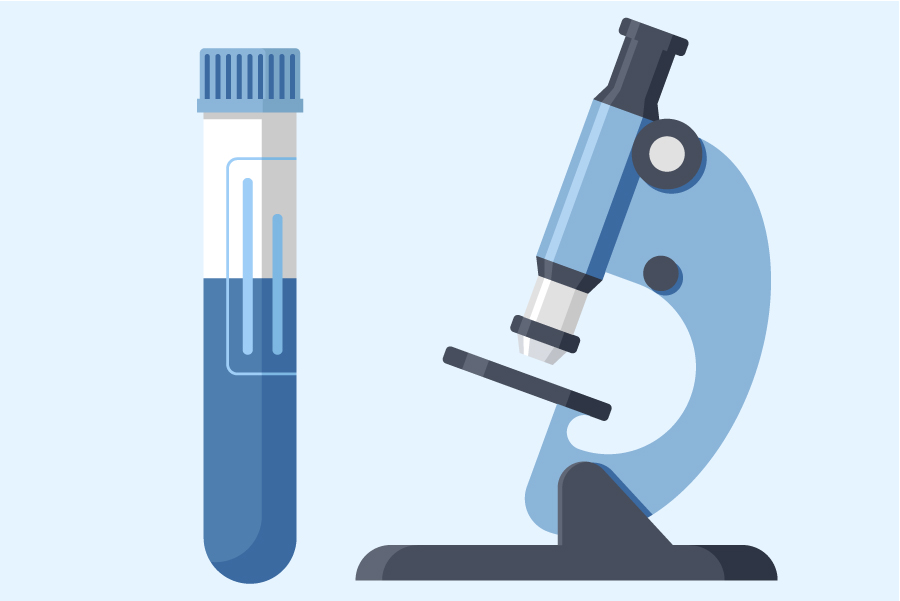
The diagnosis of opioid use disorder is based on a person’s history of drug abuse and the presence of certain symptoms. To be diagnosed with opioid addiction, someone must meet at least two out of 11 criteria that show they have significant issues with using opioids:
- Taking opioids in larger amounts or over a longer period than intended
- Experiencing cravings to use opioids
- Having trouble controlling opioid use
- Spending a lot of time getting, using, or recovering from opioids
- Failing to meet obligations due to opioid use
- Continuing to use opioids despite problems caused by their use
- Giving up activities because of opioid abuse
- Using opioids even when they don’t know anyone actively using drugs around them personally
There are some tests too that can help doctors to diagnose opioid addiction. Some of these are done before a person is given opioids; others are used to make sure they’re safe when taking the drugs.
Treatment for Opioid Use Disorder
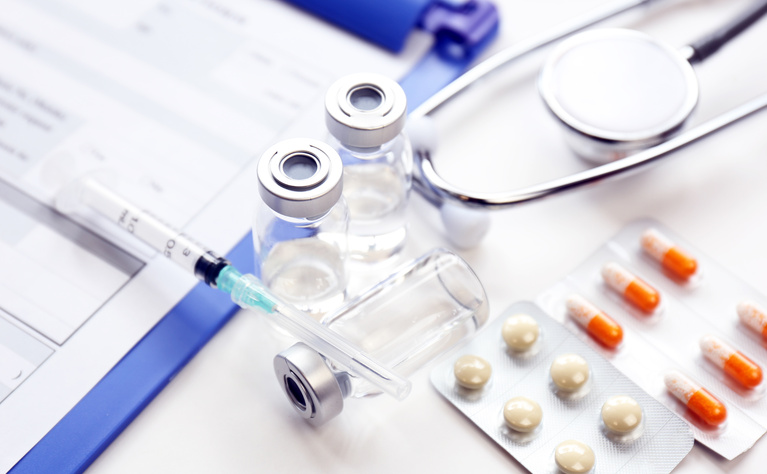
There are a number of different ways to treat opioid use disorder, depending on the person’s needs:
Medications
Medications like methadone and buprenorphine can help people reduce or stop their opioid use by decreasing cravings and withdrawal symptoms. These drugs are usually a part of a comprehensive treatment plan. This plan also includes counseling and behavioral therapies.
Detoxification
Detoxing from opioids without medications can be very difficult, often leading to relapse. For this reason, detoxing should always be done in a medically-supervised setting where someone is available to provide support if needed.
Counseling and Behavioral Therapies
People with opioid addiction often need counseling and behavioral therapies to address the underlying issues that led them to drug abuse in the first place. This type of treatment can help them learn how to cope with triggers for drug use and how to stay sober.
Recovery Support Services
People in recovery from opioid addiction often need ongoing support to stay abstinent. This can come in the form of 12-step programs, self-help groups, or residential or outpatient treatment programs.
Self-Help Strategies

There are a number of things people can do to help themselves stay sober when they’re not in treatment. Some of these include:
- Avoiding people and places who use drugs.
- Staying busy so you don’t have time to think about using drugs
- Identifying your personal triggers for drug abuse and coming up with strategies to deal with them
- Doing activities that you enjoy.
- Building a strong support network of family and friends who will help you stay sober
- Trying to maintain a healthy lifestyle by eating well and getting regular exercise.
- Trying to avoid risky situations, like driving when you’re tired of using drugs with people who use them.
- There are a number of things that can help support recovery from opioid addiction:
- Improving your social connections by doing activities in groups.
- Working on stress management skills so it is less likely for substance abuse to occur as an unhealthy coping mechanism.
Conclusion
In conclusion, opioid use disorder is becoming more prevalent in the world. This is due to how highly addictive opioid painkillers like OxyContin, Vicodin, and Percocet are. People who develop this condition typically have a history of drug abuse or mental health issues. These conditions can make them turn to opioids when they start to feel depressed or anxious after stopping their medication. This type of addiction requires treatment that usually consists of medications. These medications are methadone, detoxification with support services (often including counseling). Some other treatments are self-help strategies for staying sober long term, and supportive relationships with family members and friends. They will help you stay on track during your recovery process.
For more information, please contact MantraCare. Addiction is a chronic and often relapsing disorder characterized by compulsive drug-seeking and use despite harmful consequences. If you have any queries regarding Online Addiction Counseling experienced therapists at MantraCare can help: Book a trial Online therapy session


